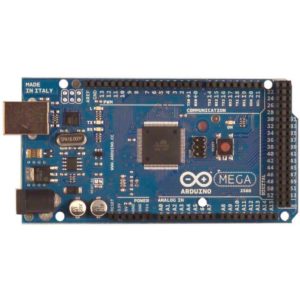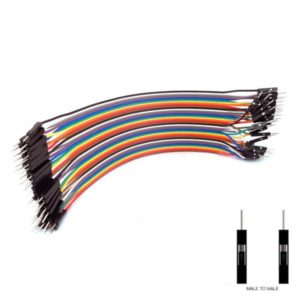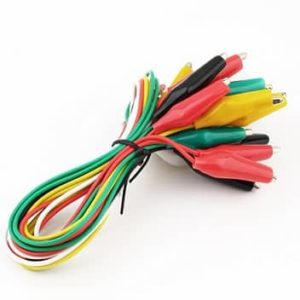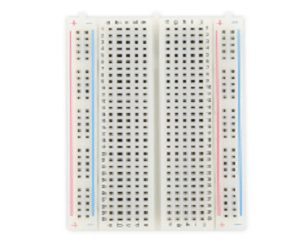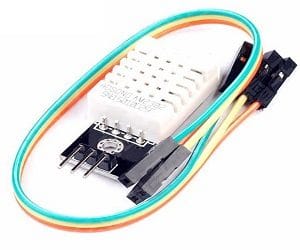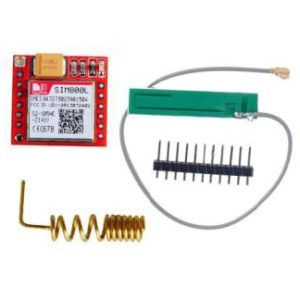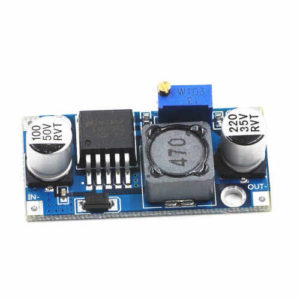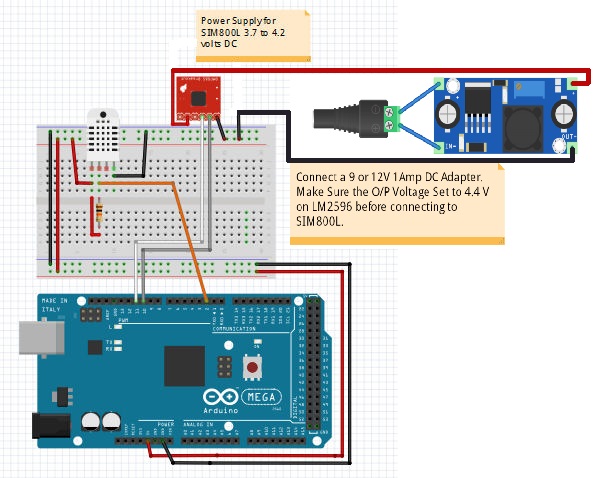// Example testing sketch for various DHT humidity/temperature sensors
// Written by ladyada, public domain
#include “DHT.h”
#define DHTPIN 2 // what digital pin we’re connected to
#define DHTTYPE DHT22 // DHT 22 (AM2302), AM2321
//#define DHTTYPE DHT21 // DHT 21 (AM2301)
// Connect pin 1 (on the left) of the sensor to +5V
// Connect pin 2 of the sensor to whatever your DHTPIN is
// Connect pin 4 (on the right) of the sensor to GROUND
// Connect a 10K resistor from pin 2 (data) to pin 1 (power) of the sensor
// Initialize DHT sensor.
DHT dht(DHTPIN, DHTTYPE);
#include <gprs.h>
#include <softwareserial.h>
#define TIMEOUT 5000
GPRS gprs;
bool ITemp = false;
float temp;
String MyString;
#define LED_PIN 13
bool ledStatus;
//Variable to hold last line of serial output from SIM800
char currentLine[500] = “”;
int currentLineIndex = 0;
//Boolean to be set to true if message notificaion was found and next
//line of serial output is the actual SMS message content
bool nextLineIsMessage = false;
void Reply ()// Function starts here
{
Serial.println(“GPRS – Send SMS Test …”);
gprs.preInit();
delay(1000);
while(0 != gprs.init()) {
delay(1000);
Serial.print(“init error\\”);
}
Serial.println(“Init success, start to send SMS message…”);
if (ITemp == true){
float t = dht.readTemperature();
temp=t;
ITemp = false; }
MyString = String(temp,0); //Convert float to String
MyString = (MyString + ” Degrees C”);
// convert string to char starts here
// Length (with one extra character for the null terminator)
int str_len = MyString.length() + 1;
// Prepare the character array (the buffer)
char char_array[str_len];
// Copy it over
MyString.toCharArray(char_array, str_len);
// convert string to char ends here
gprs.sendSMS(“04++++++++”,char_array); //define phone number and text
// Function ends here
}
void setup() {
Serial.begin(9600);
Serial.println(“DHTxx test!”);
dht.begin();
gprs.preInit();
delay(1000);
while(0 != gprs.init()) {
delay(1000);
Serial.print(“init error\\”);
//later display SIM ERROR on Nextion HMI Home Page
}
//Set SMS mode to ASCII
if(0 != gprs.sendCmdAndWaitForResp(“AT+CMGF=1\\”,”OK”, TIMEOUT)) {
ERROR(“ERROR:CNMI”);
return;
}
//Start listening to New SMS Message Indications
if(0 != gprs.sendCmdAndWaitForResp(“AT+CNMI=1,2,0,0,0\\”,”OK”, TIMEOUT)) {
ERROR(“ERROR:CNMI”);
return;
}
Serial.println(“Init success”);
}
void loop() {
// Wait a few seconds between measurements.
delay(2000);
// Reading temperature or humidity takes about 250 milliseconds!
// Sensor readings may also be up to 2 seconds ‘old’ (its a very slow sensor)
float h = dht.readHumidity();
// Read temperature as Celsius (the default)
float t = dht.readTemperature();
Serial.print(“Humidity: “);
Serial.print(h);
Serial.println(” %\ “);
Serial.print(“Temperature: “);
Serial.print(t);
Serial.println(” *C “);
SIM();
}
void SIM()
{
//Write current status to LED pin
digitalWrite(LED_PIN, ledStatus);
Serial.println(“Looking for SMS”);
//If there is serial output from SIM800
if(gprs.serialSIM800.available()){
char lastCharRead = gprs.serialSIM800.read();
//Read each character from serial output until \or \is reached (which denotes end of line)
if(lastCharRead == ‘\’ || lastCharRead == ‘\’){
String lastLine = String(currentLine);
//If last line read +CMT, New SMS Message Indications was received.
//Hence, next line is the message content.
if(lastLine.startsWith(“+CMT:”)){
Serial.println(lastLine);
nextLineIsMessage = true;
} else if (lastLine.length() > 0) {
if(nextLineIsMessage) {
Serial.println(lastLine);
//Read message content and set status according to SMS content
if(lastLine.indexOf(“InTemp”) >= 0){
Serial.println(“InTemp”);
ITemp = true;
Reply ();
// ledStatus = 1;
// Serial.println(“Turn ON the Light”);
//} else if(lastLine.indexOf(“LED OFF”) >= 0) {
// ledStatus = 0;
// Serial.println(“Turn OFF the Light”);
}
nextLineIsMessage = false;
}
}
//Clear char array for next line of read
for( int i = 0; i < sizeof(currentLine); ++i ) {
currentLine[i] = (char)0;
}
currentLineIndex = 0;
} else {
currentLine[currentLineIndex++] = lastCharRead;
}
}
}
Esp32-cam ov2640 camera CH340 1 × 80.00 ر.س
مجموعة موصلات دوبونت 620 قطعة (بمسافة 2.54 ملم) 620pcs Dupont Connector Kit (2.54mm) 1 × 29.00 ر.س
طنان تنبيه صوتي Buzzer Driver Module 1 × 8.00 ر.س
راسبيري باي4 موديل B مع رام 2 جيجا Raspberry Pi 1 × 369.00 ر.س
منظف الكترونيات BTS الامريكي ELECTRONIC CO-CONACT Cleaner 1 × 34.00 ر.س
حقيبة انا الكتروني روبوتيكس لتعلم الاردوينو Arduino Uno Robotics Kit 1 × 249.00 ر.س
قارئ مايكرو اس دي Micro SD Card Reader 1 × 17.50 ر.س
علبة حماية راسبيري باي 4 Raspberry Pi 1 × 34.50 ر.س
علبة حماية شفافة للراسبيري باي 3 متعددة الطبقات Raspberry Pi 1 × 42.00 ر.س
مقبس إمداد الطاقة - تيار مستمر Power supply socket 1 × 3.50 ر.س

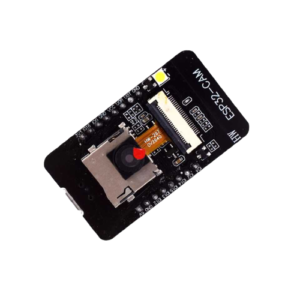 Esp32-cam ov2640 camera CH340
Esp32-cam ov2640 camera CH340  مجموعة موصلات دوبونت 620 قطعة (بمسافة 2.54 ملم) 620pcs Dupont Connector Kit (2.54mm)
مجموعة موصلات دوبونت 620 قطعة (بمسافة 2.54 ملم) 620pcs Dupont Connector Kit (2.54mm)  طنان تنبيه صوتي Buzzer Driver Module
طنان تنبيه صوتي Buzzer Driver Module  راسبيري باي4 موديل B مع رام 2 جيجا Raspberry Pi
راسبيري باي4 موديل B مع رام 2 جيجا Raspberry Pi  منظف الكترونيات BTS الامريكي ELECTRONIC CO-CONACT Cleaner
منظف الكترونيات BTS الامريكي ELECTRONIC CO-CONACT Cleaner 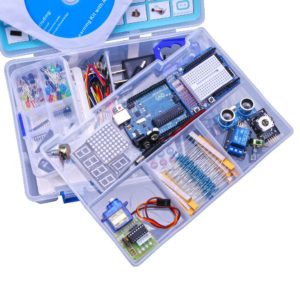 حقيبة انا الكتروني روبوتيكس لتعلم الاردوينو Arduino Uno Robotics Kit
حقيبة انا الكتروني روبوتيكس لتعلم الاردوينو Arduino Uno Robotics Kit  قارئ مايكرو اس دي Micro SD Card Reader
قارئ مايكرو اس دي Micro SD Card Reader 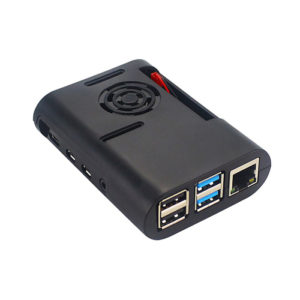 علبة حماية راسبيري باي 4 Raspberry Pi
علبة حماية راسبيري باي 4 Raspberry Pi 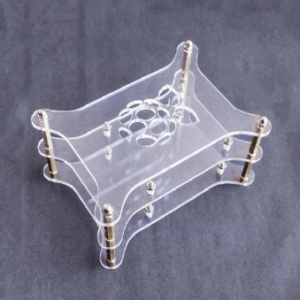 علبة حماية شفافة للراسبيري باي 3 متعددة الطبقات Raspberry Pi
علبة حماية شفافة للراسبيري باي 3 متعددة الطبقات Raspberry Pi 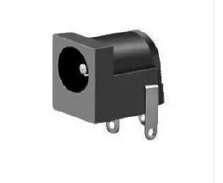 مقبس إمداد الطاقة - تيار مستمر Power supply socket
مقبس إمداد الطاقة - تيار مستمر Power supply socket 
